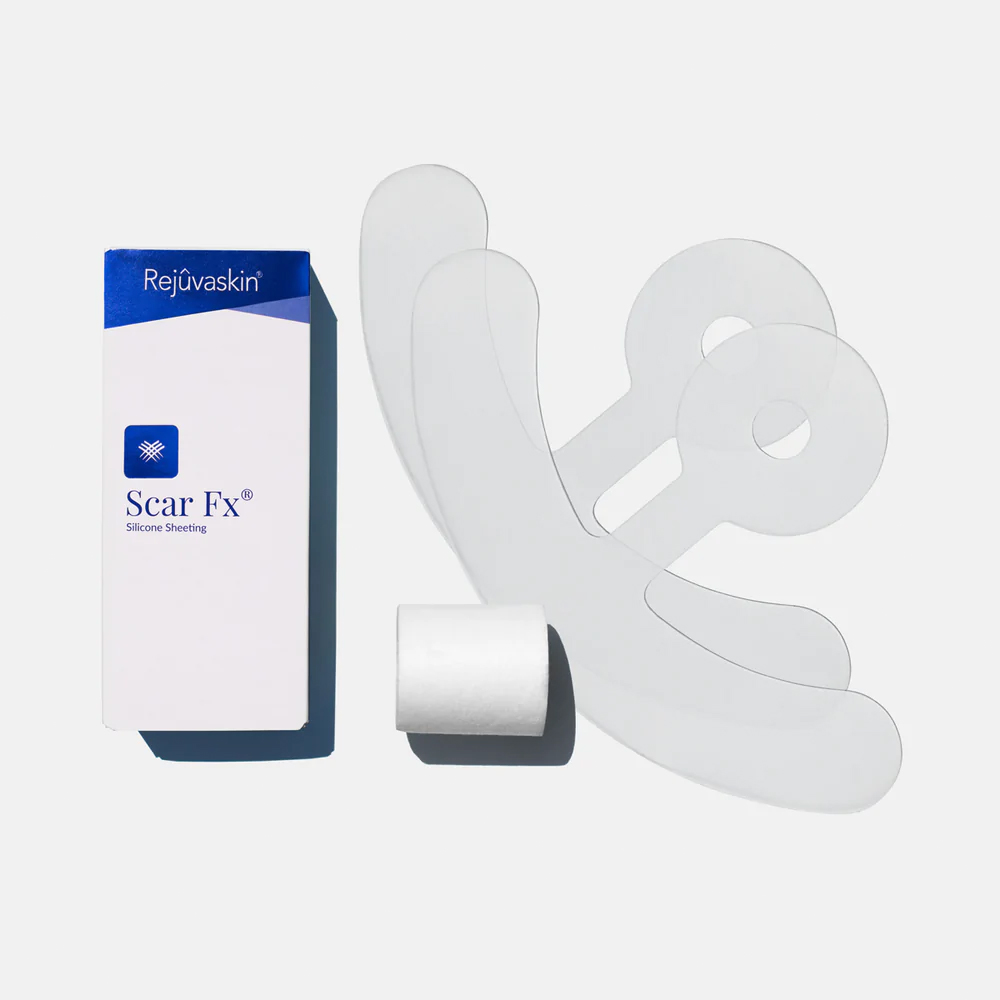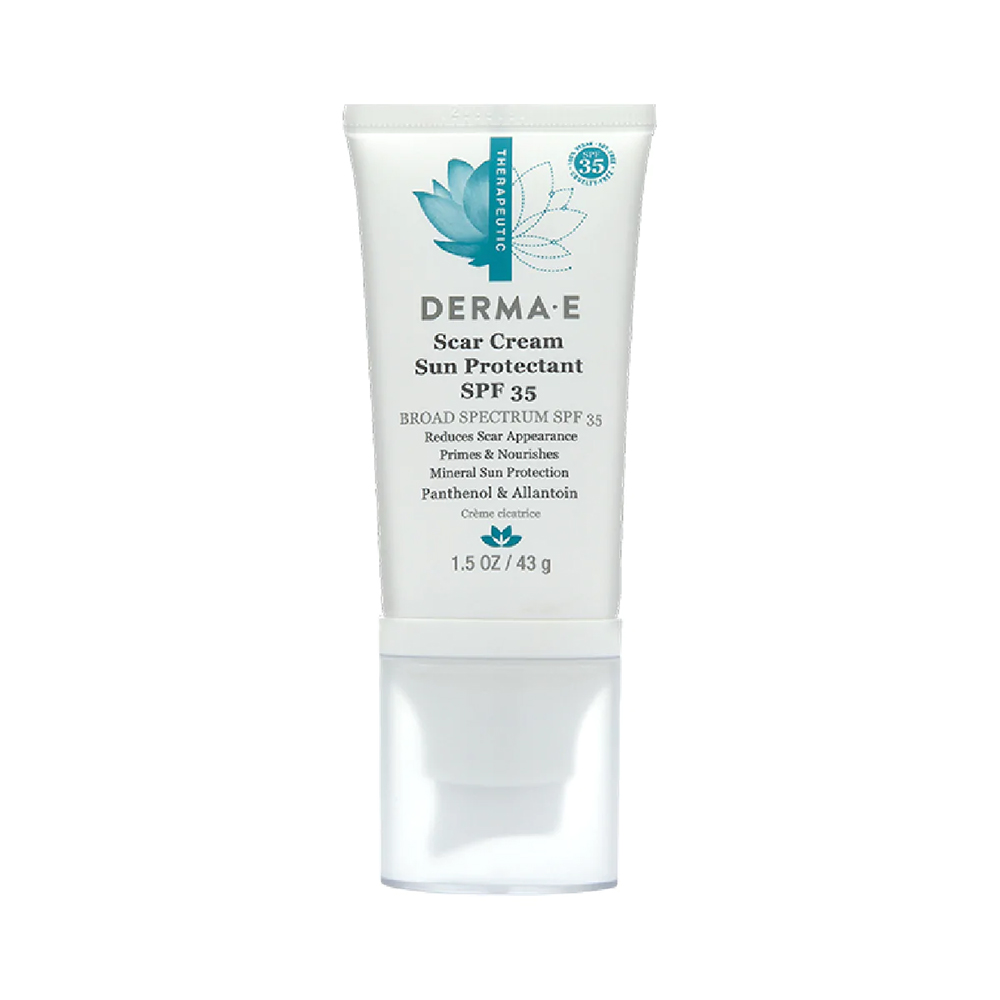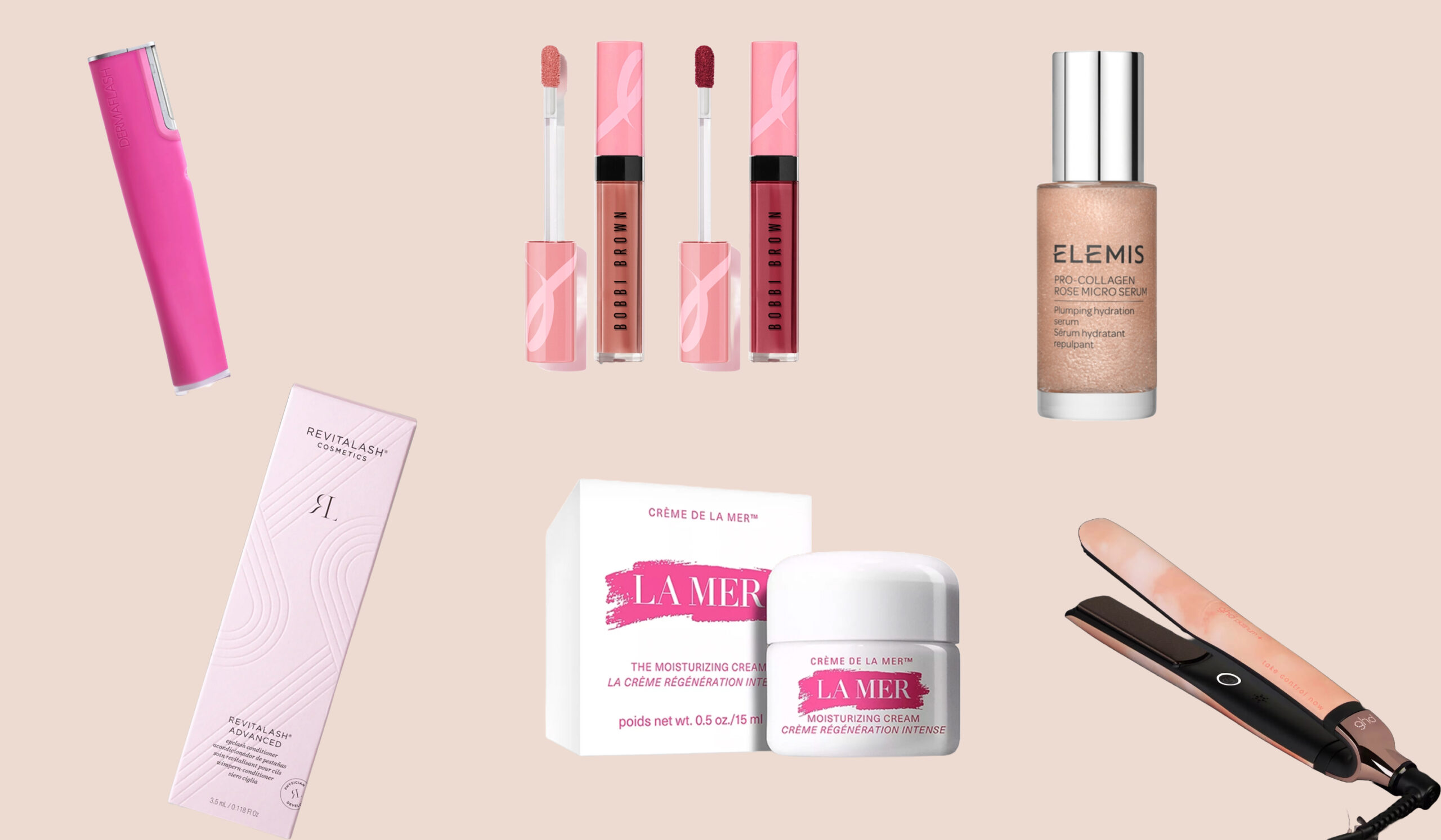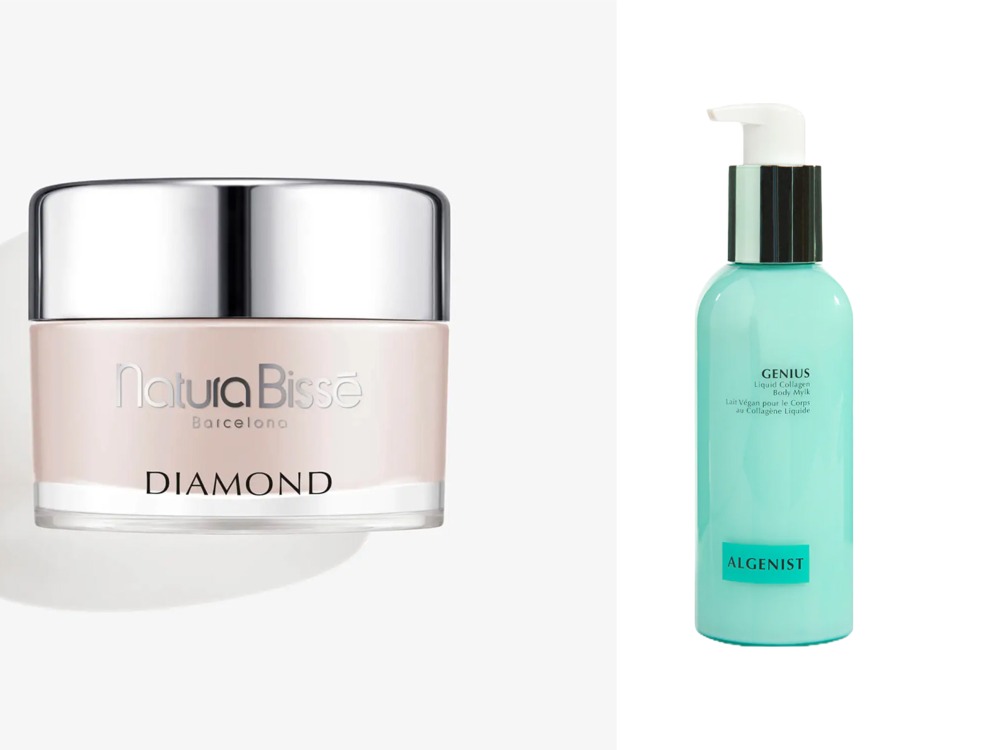What do breast lifts, breast reductions, breast augmentations and breast reconstructions all have in common? You can’t avoid having a scar somewhere. Even with techniques that hide incision points underneath the breast fold or under the arm—there’s still skin and tissue that needs to heal and close—how you treat it helps determine the outcome. Here, breast surgery experts share their best advice for minimizing every type of breast scar.
For the first few weeks after surgery, the name of the game is healing. It’s only after the skin begins to do its thing and new skin begins to form that you can start to treat the incision scars. “I usually start around four to five weeks as long as all incisions are completely sealed,” says Las Vegas plastic surgeon Mary C. Herte, MD. The recommended approach? “A silicone-based scar cream or gel. A little goes a long way!” Skinuva Scar gel ($105) is silicone-based with highly selective growth factors. We recommend grabbing a larger bottle as clinical trials have shown it to be twice as effective as scar cream.

For those with darker skin tones, New York plastic surgeon William Lao, MD says how scars heal can be very worrisome. “When the skin pigment is darker, the scar can tend to be more obvious and also tend to be more hypertrophy and raised rather than flat.” Rejuvaskin Scar FX Silicone Sheeting ($100) comes in a variety of shapes to match your exact scar—like the anchor scar sheet shown here—and helps improve color and flatten raised scars.

Skintensive Bruise & Scar Cream ($28) with arnica and vitamins K and E can help treat scars from your nightstand when used as a nightly massage aid. “For lumpy, raised or ropey scars I recommend applying pressure to help trigger the flattening process,” says Dr. Herte. “Slow, steady pressure directly on the scar without rubbing or friction. Any friction can cause irritation of the scar and that can undermine the scar resolution process.”

The recipe for seamless healing is massaging twice a day and keeping the delicate skin and tissue out of the sun. While covering up may not always be possible, it’s a must the first few months after a procedure. When you do go outside, the experts recommend a scar cream with SPF like the Derma-E Scar Cream Sun Protectant SPF 35 ($21). “The key to optimal scars is to treat the scar early, appropriately and consistently,” says Scottsdale, AZ plastic surgeon Bryan W. Gawley, MD.

“The use of proactive skin serums that have antioxidant, anti-inflammatory, and pro-healing components is essential,” adds Dr. Gawley. “Patients must understand that scars mature and change for at least a year after surgery. Therefore, patience and a consistent routine is essential.” ESTAS Beauty takes the guesswork out of following a regimen. With a Daily Dose Scar Cream Serum ($65), Morning Massage ($35) and Sleep Salve ($65), the line of scar solutions has you covered day to night.


















